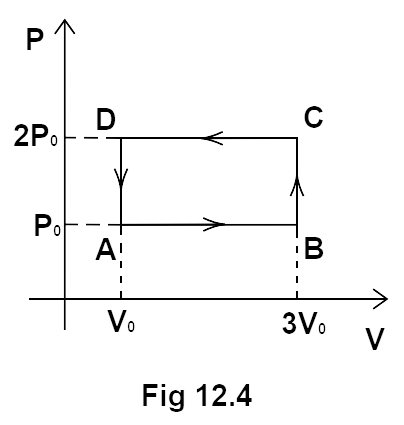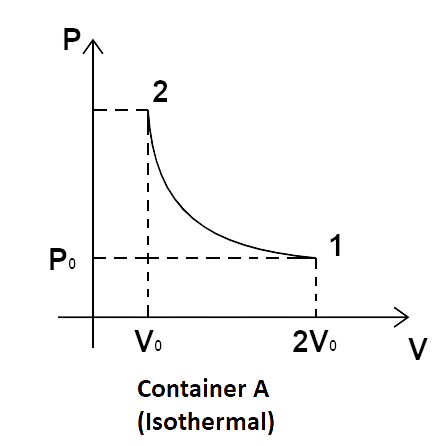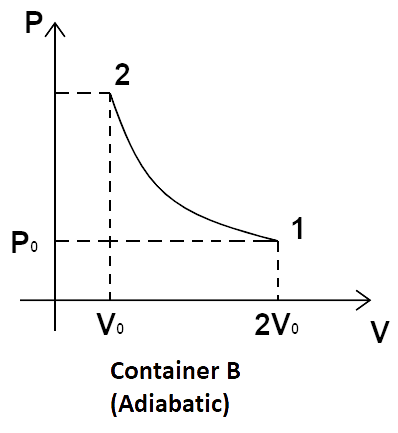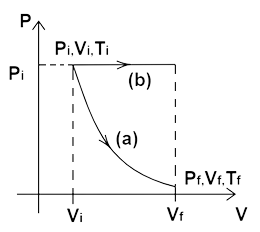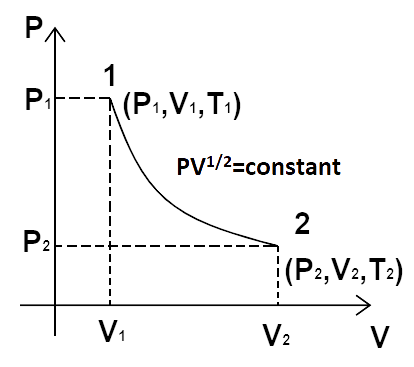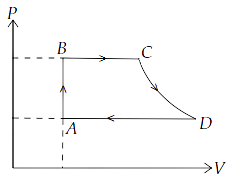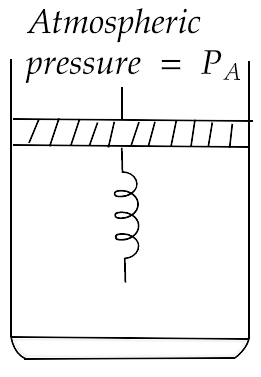NCERT Exemplar for Class 11 Physics - Thermodynamics - Free PDF Download
FAQs on NCERT Exemplar for Class 11 Physics Chapter 12 - Thermodynamics (Book Solutions)
1. What is the purpose of learning the rules of Thermodynamics?
The concept of Thermodynamics has been introduced by CBSE in the syllabus of Class 11 students. Thermodynamics is a vital concept that the students have to learn if they want to score well in their Physics Examination. The laws and rules of Thermodynamics explain the physical characteristics of matter and establish a proven relationship between different amounts of heat and temperature supplied with the changing positions of the particles and energies radiated by them.
2. How many types of Thermodynamic systems do the students need to learn about?
The concept of Thermodynamics deals with the temperature, heat, and other outward and physical characteristics of particulate matter and the states. It is a vast topic. But the students who are preparing for Class 11 Examinations need to cover only those topics that are included in their syllabus by CBSE. The three types of systems associated with the concept of Thermodynamics that they need to cover are known as isolated, closed, and open systems of Thermodynamics.
3. How do the laws of Thermodynamics explain the characteristics of a matter placed inside a particular system?
The laws of Physics explain the reasons for various occurrences that we perceive in our day-to-day life. The laws of Thermodynamics explain the reasons for different kinds of behaviorism exhibited by a particular matter when a definite amount of heat is conducted through the particles. The laws also explain how the matters will react when they are placed inside a particular kind of system. Considering the temperature that is passing through the particles of a matter as constant, if we place the matter inside a closed system, it will show some particular characteristics. If we place them inside an open or isolated system, we can perceive distinguishable features exhibited by the matter.
4. Is there any practical usage of the concept of Thermodynamics?
Due to the explanation and the laws of Physics, the invention of various gadgets and equipment has been possible. The laws of Physics provide the justified explanation of various occurrences that we fail to explain otherwise. All the modern gadgets and technologies that help us to control the heat and influence the surrounding temperature area like refrigerators, gas compressors are all manufactured based on the laws of Thermodynamics. These technologies are practical Examples that explain how the laws of Thermodynamics work.
5. What is the best study guide to have a detailed understanding of the laws of Thermodynamics?
If you are a student of Class 11 and you are genuinely passionate about understanding the laws and equations of Physics, then you can consult the NCERT Exemplars that not only include the detailed overview of the topics with simplified analysis and explanations but also include the solved question papers. The study materials can be easily downloaded from the website of Vedantu. Also, consider solving the model question papers that are included in these books.





























